Top 10 Anime That Started Slow But Became Masterpieces
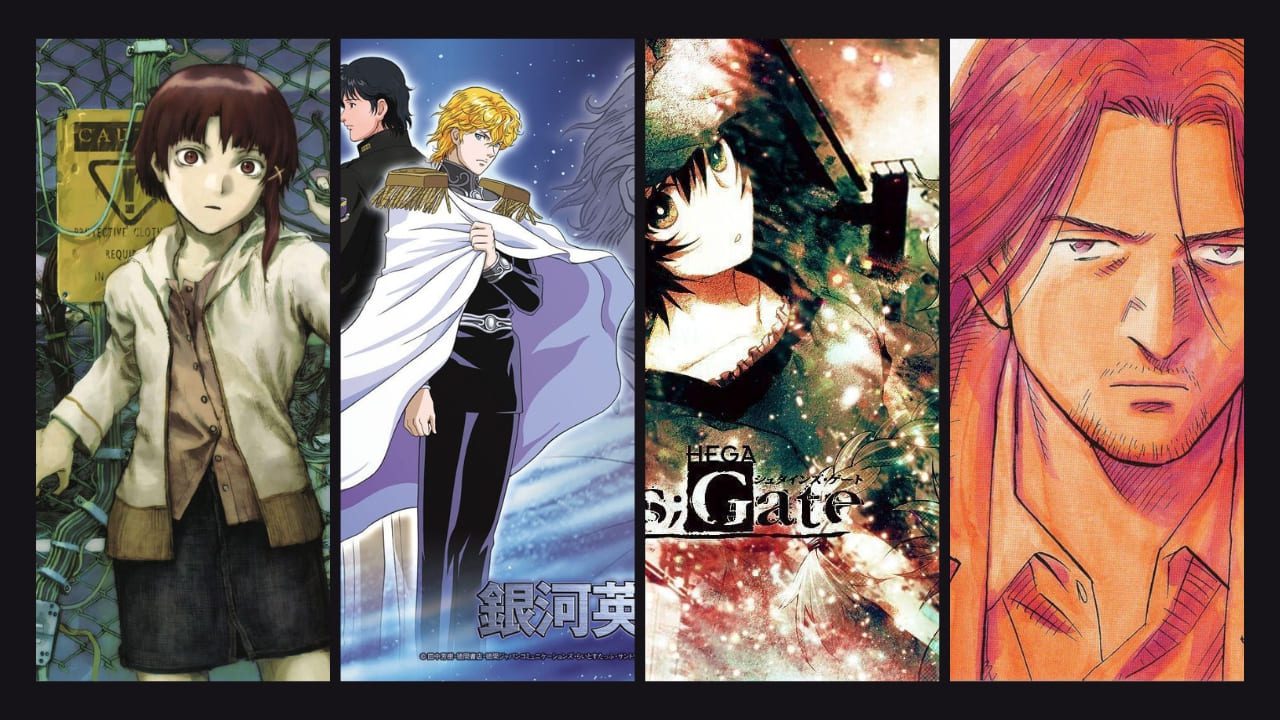
Have you ever dropped an anime after just a few episodes, only to hear friends rave about how incredible it becomes later? You’re not alone. Some of the greatest anime that started slow but became masterpieces are notorious for their sluggish beginnings, requiring patience before revealing their true brilliance. These shows test your commitment but reward dedicated viewers with unforgettable experiences that define what anime that started slow but became masterpieces truly represent.
Why Do Great Anime Start Slow?
Before diving into our list, it’s important to understand why some anime that started slow but became masterpieces follow this deliberate pattern. These series prioritize world-building, character development, and narrative foundation over immediate thrills. The slow pacing isn’t a flaw—it’s intentional storytelling that separates anime that started slow but became masterpieces from generic entertainment.
1. Steins;Gate - The Time Travel Masterpiece
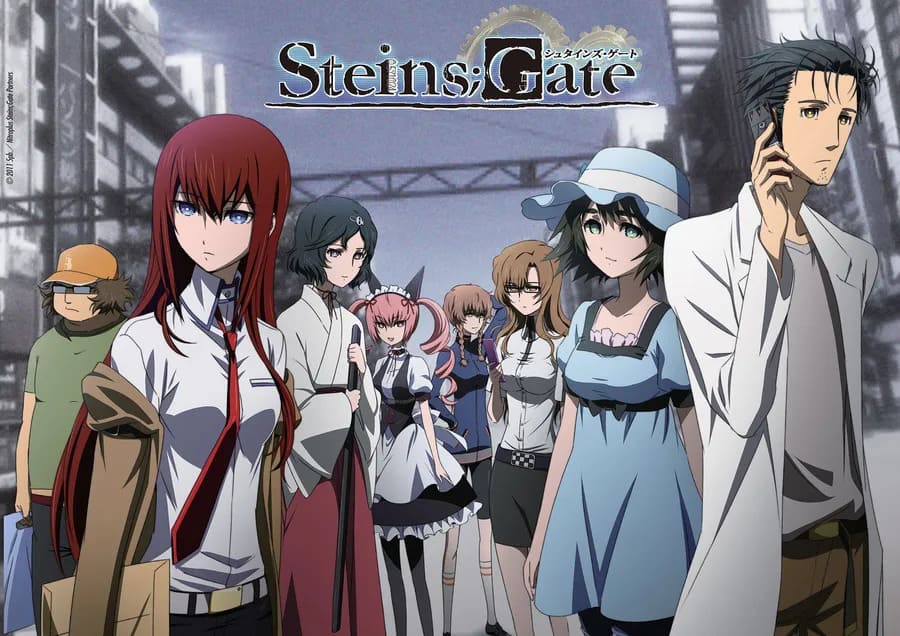
When it gets good: Episode 12
Steins:Gate is perhaps the most famous example of anime that started slow but became masterpieces. The first eleven episodes focus heavily on character interactions and seemingly mundane laboratory experiments. Many viewers abandon the series during this phase, missing out on one of anime’s greatest psychological thrillers.
The turning point arrives with episode 12, where the true consequences of time travel become devastatingly clear. What initially seemed like harmless fun transforms into a desperate struggle against fate itself. The slow start serves a crucial purpose—establishing deep emotional bonds with characters that make later tragic moments genuinely heartbreaking.
Why the wait is worth it: The methodical character building creates an emotional investment that transforms every subsequent twist into a gut punch. By episode 24, you’ll understand why patient viewers consider it a masterpiece.
2. Hunter x Hunter (2011) - The Chimera Ant Arc
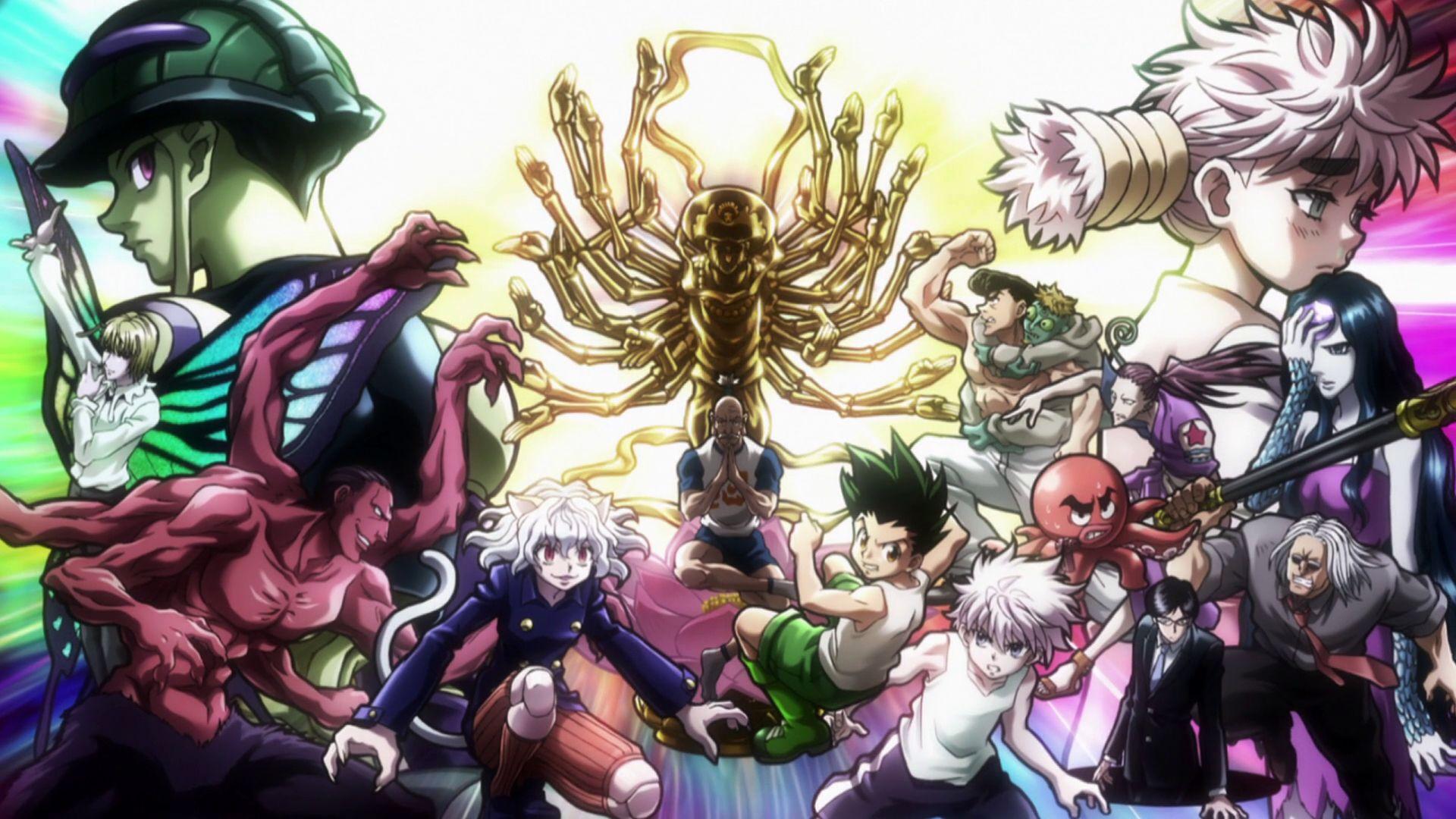
When it gets good: Episode 85-90
Hunter x Hunter’s Chimera Ant arc spans 61 episodes and initially feels like a completely different show. The early episodes introduce bizarre ant creatures that seem out of place in the Hunter x Hunter universe. Many fans struggled with the arc’s darker tone and slower pacing compared to previous adventures.
However, this extended arc becomes a meditation on humanity, evolution, and what separates humans from monsters. The slow build allows for unprecedented character development, particularly for Gon, who undergoes one of anime’s most dramatic character transformations.
Why the wait is worth it: The payoff includes some of anime’s most emotionally complex battles and philosophical depth that redefines the entire series’ meaning.
3. Monster - Psychological Perfection
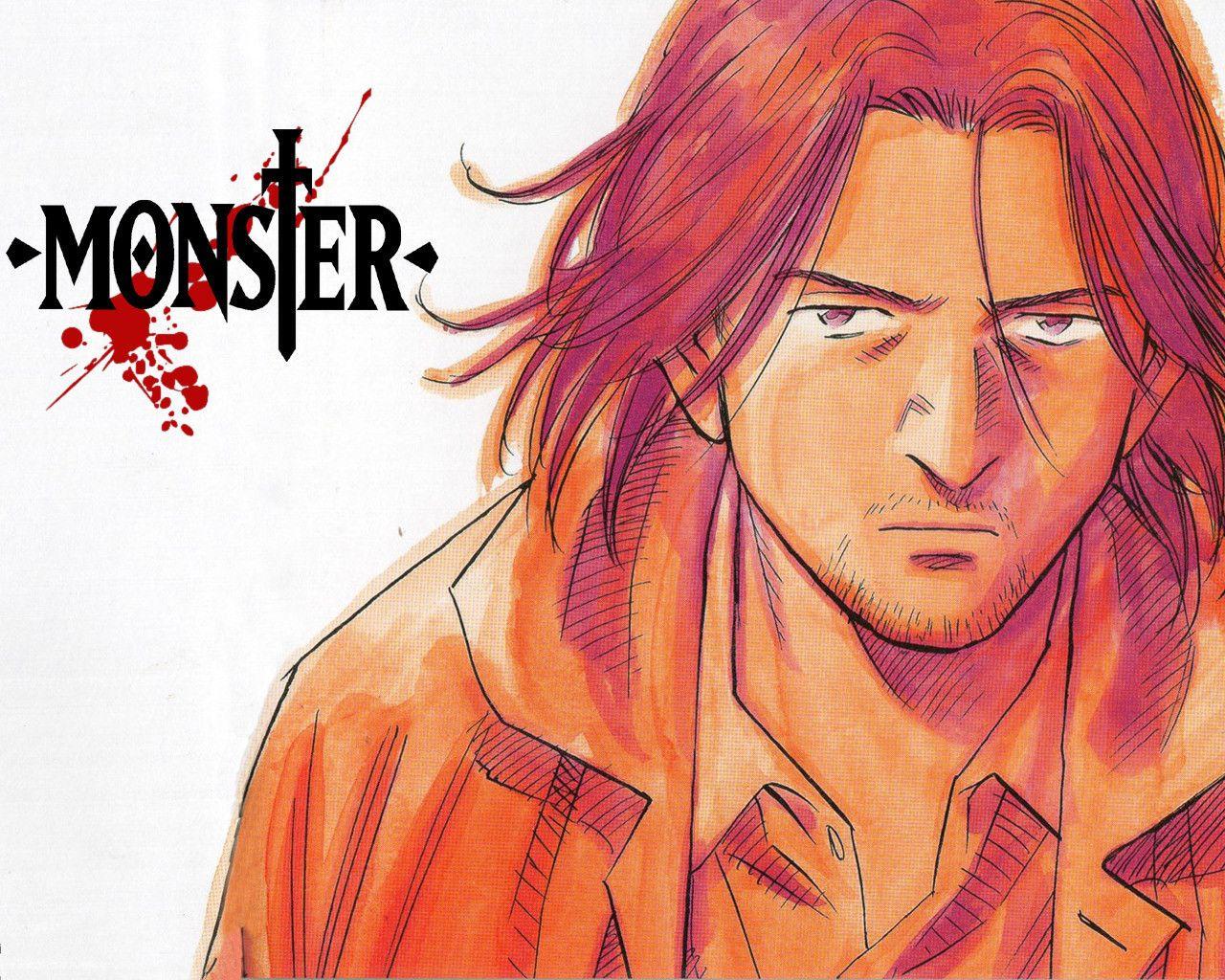
When it gets good: Episode 15-20
Monster’s 74-episode run requires serious commitment, especially during its methodical opening episodes. Dr. Tenma’s moral dilemma unfolds slowly, and the true scope of Johan’s evil emerges gradually through seemingly unconnected encounters.
This anime that started slow but became masterpieces deliberately builds tension through careful pacing. Each episode adds another piece to a massive psychological puzzle, creating an atmosphere of mounting dread that wouldn’t be possible with faster pacing.
Why the wait is worth it: The slow burn creates an unparalleled psychological horror experience that’s both intellectually stimulating and emotionally draining in the best possible way.
4. Gintama - Comedy Genius
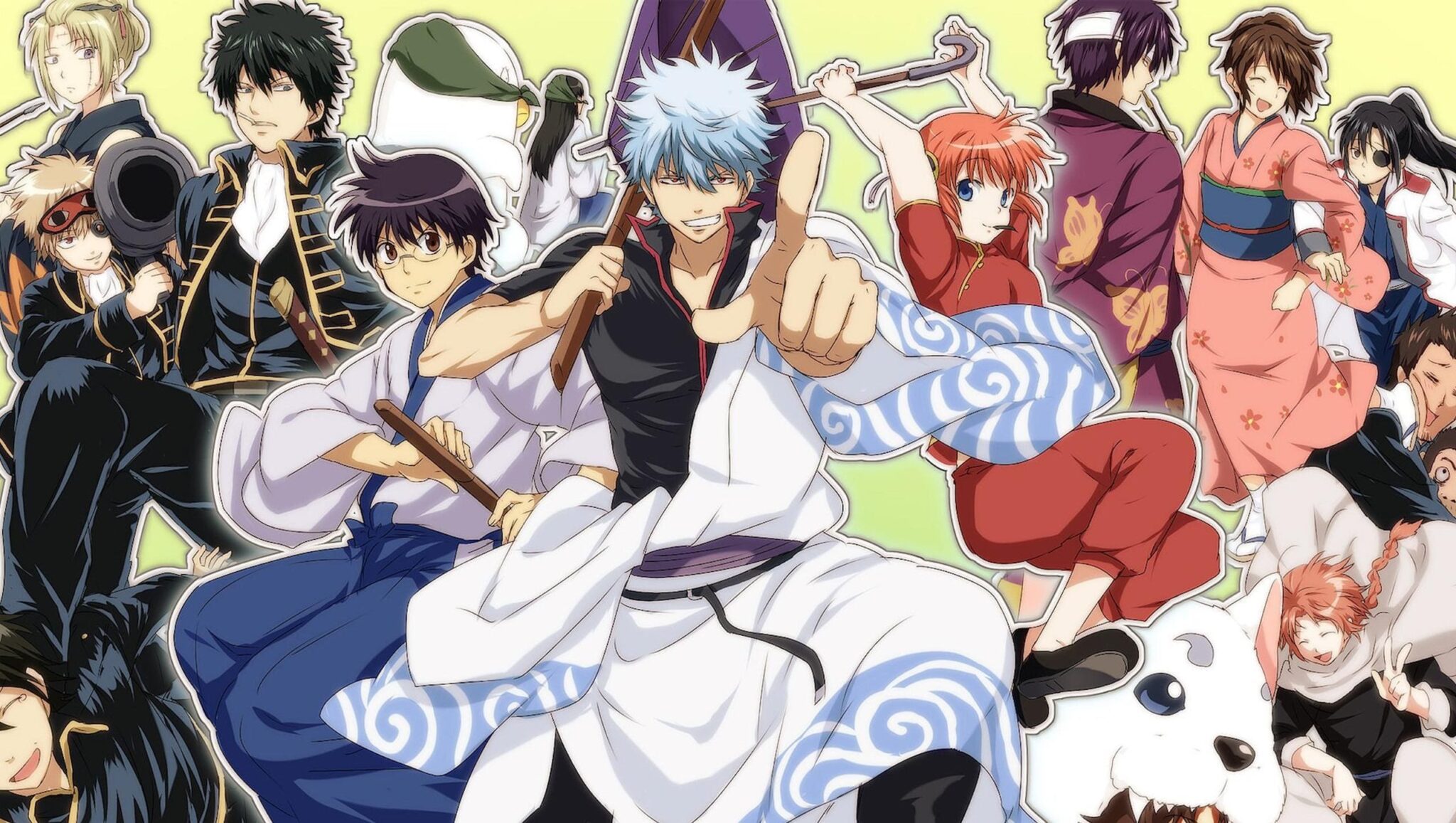
When it gets good: Episode 25-30
Gintama’s early episodes consist mostly of standalone comedy skits that introduce the characters and world. While entertaining, they don’t hint at the emotional depth and serious story arcs that make Gintama legendary among anime fans.
The series’ true strength emerges when it begins balancing comedy with genuine character development and emotionally powerful story arcs. The slow start establishes character relationships that become crucial during later dramatic moments.
Why the wait is worth it: Once Gintama finds its rhythm, it delivers some of anime’s best character-driven stories, seamlessly blending humor with heart.
5. Legend of the Galactic Heroes
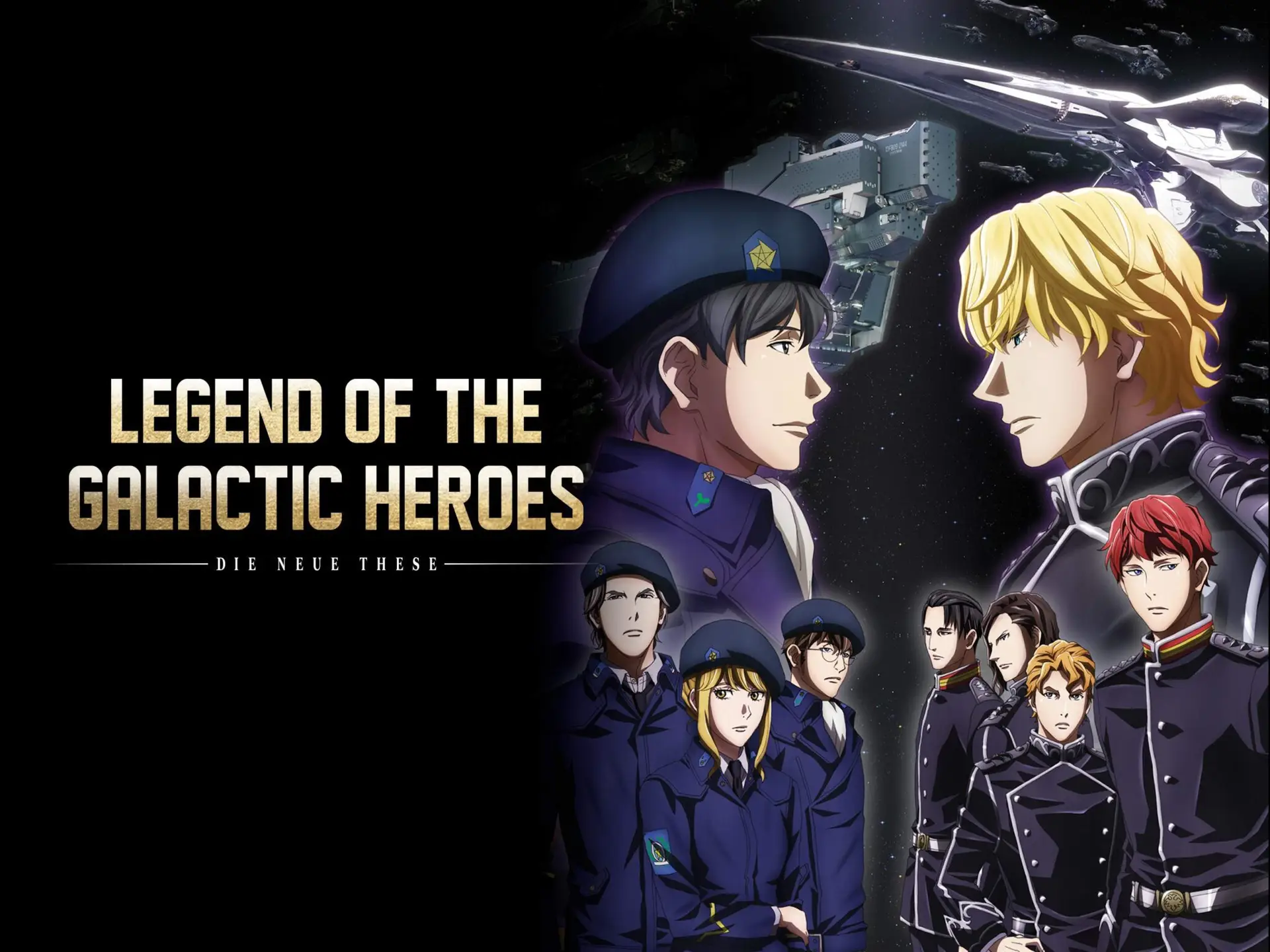
When it gets good: Episode 20-25
This space opera epic spans 110 episodes and initially feels overwhelming with its vast cast and complex political maneuvering. Early episodes establish the universe’s political structure through dialogue-heavy scenes that can feel static to modern viewers.
However, patience reveals one of anime’s most sophisticated narratives about war, politics, and leadership. The slow start allows viewers to understand the complex motivations driving each faction in this galactic conflict.
Why the wait is worth it: The payoff is an intellectually satisfying space opera that treats its audience with respect and delivers genuine political intrigue.
6. Serial Experiments Lain
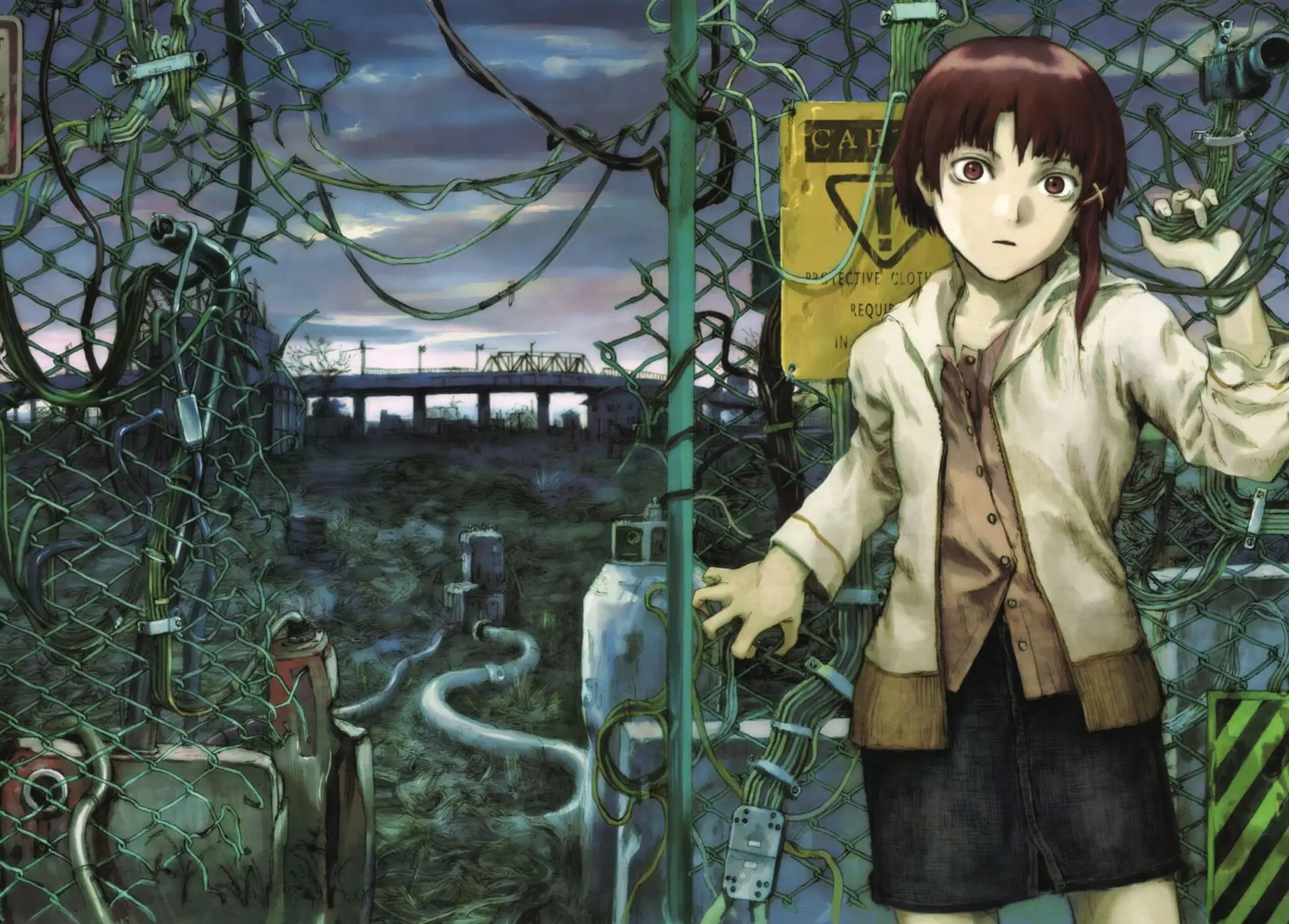
When it gets good: Episode 6-8
Lain’s abstract narrative and deliberately confusing early episodes alienate many viewers. The experimental approach to storytelling makes the first few episodes feel more like art installations than traditional anime episodes.
This anime that started slow but became masterpieces requires active engagement to appreciate its themes about identity, reality, and technology. The slow pacing allows philosophical concepts to develop naturally, making Serial Experiments Lain a perfect example of anime that started slow but became masterpieces through patient storytelling.
Why the wait is worth it: Patient viewers discover a prophetic exploration of internet culture and digital identity that feels more relevant today than when it aired.
7. Vinland Saga - From Revenge to Redemption
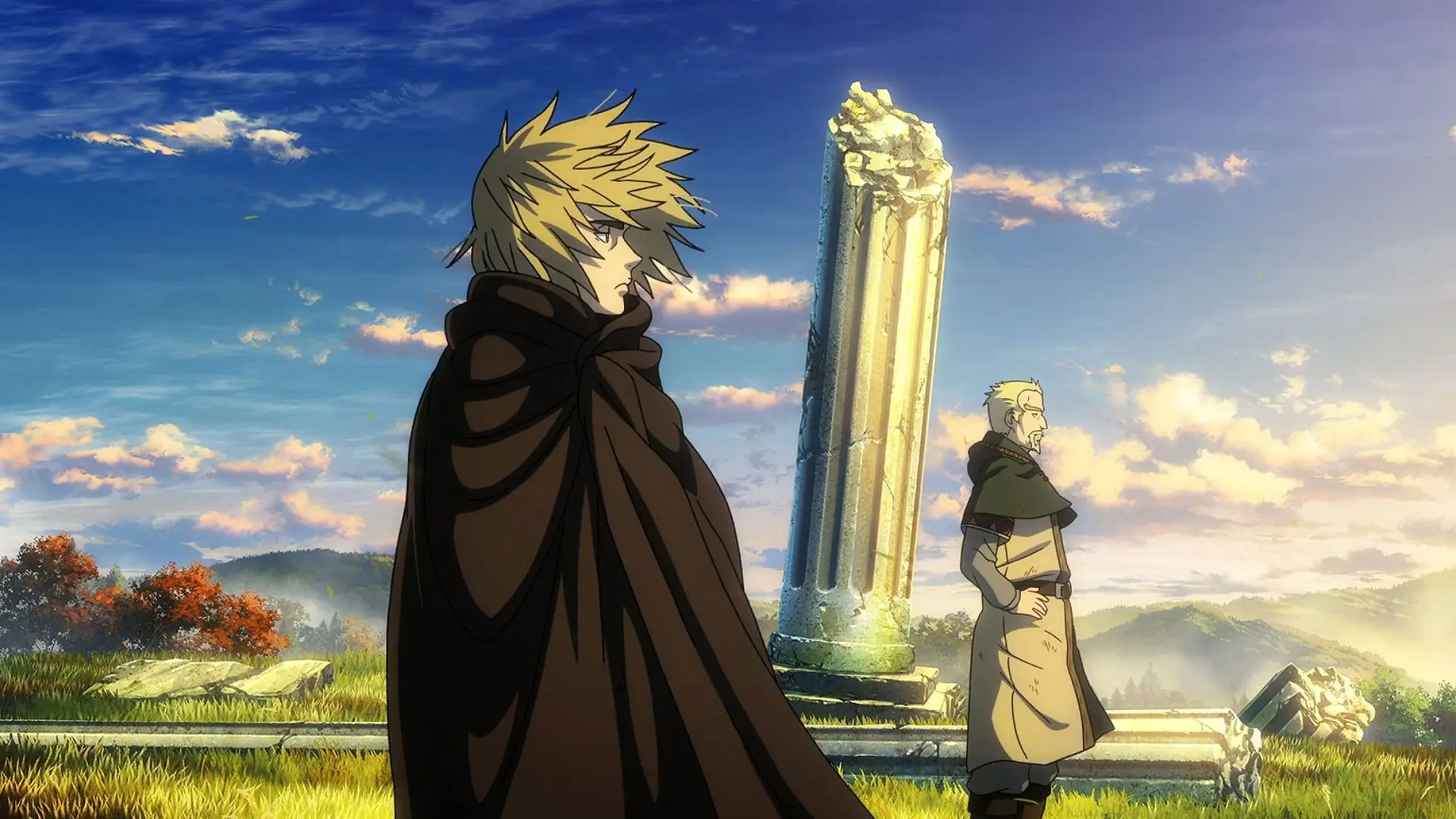
When it gets good: End of Season 1/Beginning of Season 2
Vinland Saga’s first season focuses heavily on Viking raids and revenge plots that mask the series’ true themes about pacifism and personal growth. Many viewers expect a straightforward historical action series and miss the deeper character study unfolding beneath the surface.
The series’ true masterpiece status becomes clear when Thorfinn’s journey shifts from external conflicts to internal struggles with guilt, purpose, and redemption.
Why the wait is worth it: The transformation from revenge story to philosophical journey about finding meaning beyond violence creates one of anime’s most powerful character arcs.
8 Texhnolyze - Dystopian Brilliance
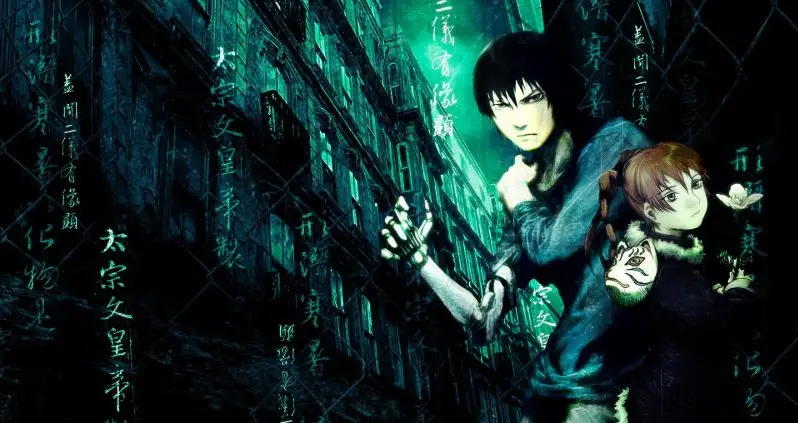
When it gets good: Episode 8-10
Texhnolyze opens with nearly wordless episodes that establish atmosphere through visual storytelling rather than dialogue or action. This experimental approach tests viewer patience but creates an uniquely immersive dystopian experience.
The slow revelation of the underground city’s social structure and the protagonist’s gradual integration into this world requires careful attention to visual details and subtle character interactions.
Why the wait is worth it: The methodical world-building creates one of anime’s most authentic dystopian environments, where every detail feels lived-in and real.
9. Mushishi - Contemplative Beauty

When it gets good: Episode 5-7
Mushishi’s episodic structure and contemplative pacing initially seem repetitive to viewers expecting traditional plot progression. Each episode follows a similar format of Ginko encountering supernatural phenomena called “mushi.”
However, this anime that started slow but became masterpieces uses its consistent structure to explore profound themes about nature, life, and human connection to the natural world. The slow pacing matches the series’ meditative philosophy.
Why the wait is worth it: The accumulated effect of multiple episodes creates a uniquely peaceful and philosophical viewing experience that’s unlike any other anime.
10. Ping Pong: The Animation - Sports Excellence
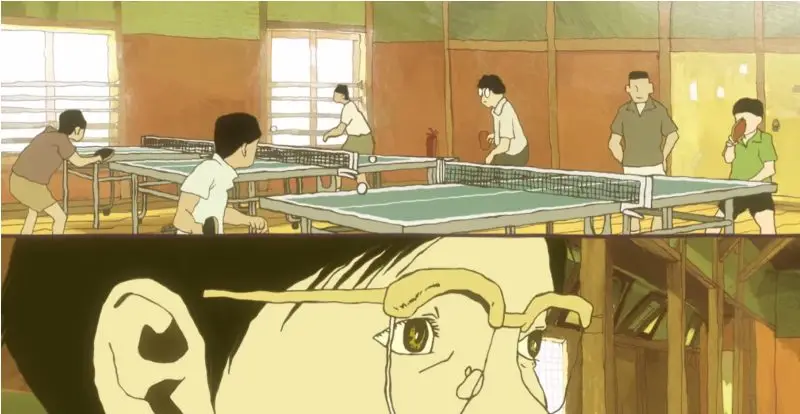
When it gets good: Episode 4-5
Ping Pong’s unconventional art style and focus on character psychology over sports action initially confuses viewers expecting typical sports anime excitement. The early episodes spend considerable time on character backstories rather than dramatic matches.
The series uses table tennis as a vehicle for exploring themes about talent, dedication, friendship, and finding one’s place in the world. The slow character development makes later matches emotionally resonant rather than just visually exciting.
Why the wait is worth it: The payoff transforms a simple sports story into a profound meditation on competition, friendship, and personal growth that elevates the entire sports anime genre.
The Psychology Behind Slow Starters
These anime that started slow but became masterpieces share common characteristics that explain their initial pacing choices. Understanding what makes anime that started slow but became masterpieces so effective helps viewers appreciate the storytelling craft involved. They prioritize character psychology over plot mechanics, world-building over immediate gratification, and thematic depth over surface-level entertainment.
The slow start serves multiple purposes: it filters out viewers seeking instant gratification, establishes emotional investment in characters, builds complex worlds that support deeper themes, and creates contrast that makes later dramatic moments more impactful.
Tips for Watching Slow-Start Anime
Set proper expectations: Understand that these series reward patience rather than providing immediate thrills.
Focus on character details: Pay attention to subtle character interactions and development that seem minor but become crucial later.
Trust the process: These shows earned their masterpiece status through careful storytelling rather than accident.
Watch with others: Discussion helps maintain engagement during slower sections and enhances appreciation for subtle details.
Why These Masterpieces Matter
In an era of instant gratification entertainment, anime that started slow but became masterpieces represent something valuable: storytelling that trusts its audience’s intelligence and patience. These series prove that the most rewarding experiences often require the greatest investment.
The slow-start phenomenon teaches us that great art doesn’t always announce itself immediately. Sometimes the most profound experiences come from works that seem unremarkable at first glance but reveal their genius gradually, rewarding those patient enough to stay for the full journey.
These ten series represent some of anime’s greatest achievements precisely because they refused to compromise their artistic vision for immediate appeal. They remind us that the best stories are worth waiting for, and that patience in entertainment can lead to experiences that stay with us long after the credits roll.
Frequently Asked Questions
Q: How long should I wait before giving up on a slow-starting anime?
A: Generally, give slow-starting anime at least 20% of their total episode count. For 24-episode series, watch at least 5-6 episodes. For longer series like Hunter x Hunter or Monster, commit to at least 15-20 episodes before making a final judgment.
Q: Are all slow-starting anime worth the wait?
A: Not every slow anime becomes a masterpiece, but the ones on this list have proven their worth to countless viewers. Research community opinions and professional reviews to help identify which slow starters are worth your time investment.
Q: Why don’t these anime just start with the exciting parts?
A: The slow beginning is integral to the story’s impact. These anime that started slow but became masterpieces use their opening episodes to establish character relationships, world-building, and emotional foundations that make later events meaningful rather than just visually spectacular.
Q: Can I skip the slow episodes and jump to where it gets good?
A: Absolutely not. The slow episodes contain crucial character development, world-building, and plot setup that’s essential for understanding and appreciating the later masterful sections. Skipping episodes would significantly diminish the intended experience.
Q: How do I stay motivated during the slow parts?
A: Remember that these series earned their masterpiece reputation specifically because of how their slow start pays off. Focus on character details, discuss with other fans online, and trust that the buildup serves a purpose. Reading spoiler-free reviews can also help maintain motivation.
Q: Are there any signs that a slow anime will become great?
A: Look for careful attention to character psychology, detailed world-building, subtle foreshadowing, and consistent quality in animation and writing even during quiet moments. Great slow-starting anime maintain high production values throughout, indicating the creators’ commitment to their vision.
Q: What’s the difference between slow-starting masterpieces and just boring anime?
A: Masterpieces use their slow pace intentionally for character development and world-building, while boring anime simply lack compelling content. Great slow starters maintain consistent quality and include subtle progression even during quiet moments, whereas truly boring anime show no signs of depth or future payoff.
Continue Your Anime Journey
- Top 10 Underrated Anime Hidden Gems – Discover lesser-known masterpieces that deserve more recognition
- How Much Money Do Anime Make? Industry Revenue Breakdown – Understanding the business behind your favorite series
- Why Detective Conan is the Best Mystery Anime – Deep dive into the world’s longest-running mystery series
- 10 Best Anime for People Who Don’t Like Anime (2025 Beginner’s Guide – “comprehensive guide features the best anime for people who don’t like anime”
- Summer 2025 Anime Preview – Stay updated with the latest releases
- How Anime is Made: Complete Production Guide – Behind-the-scenes look at animation creation
Each guide is designed to help you navigate the vast world of anime and manga, whether you’re a complete beginner or looking to expand your horizons. Happy watching
